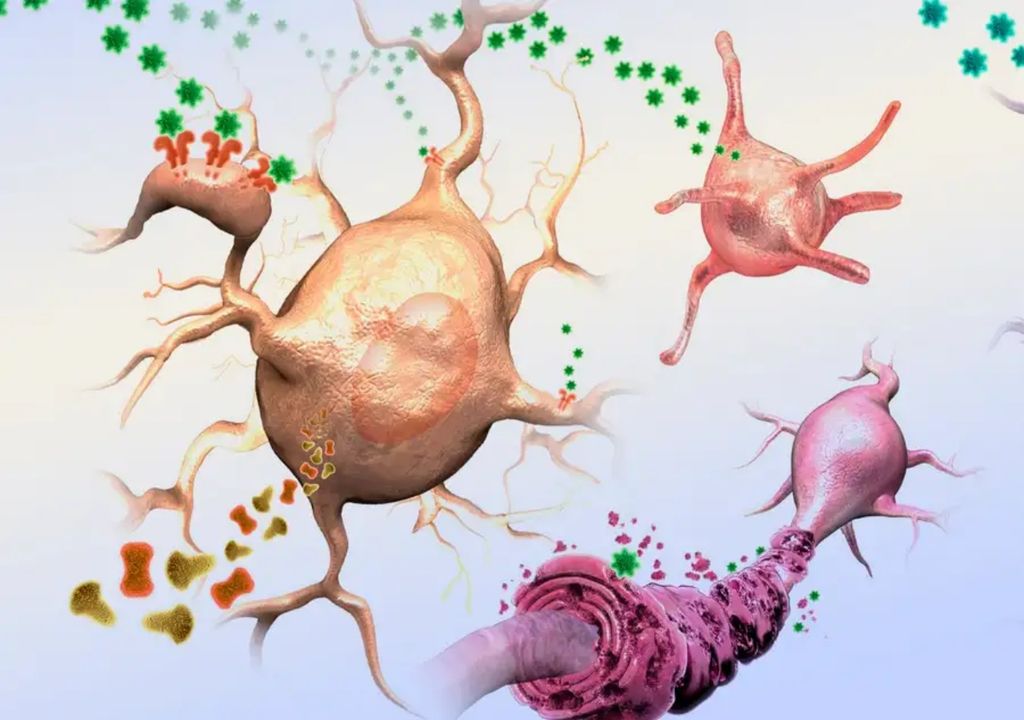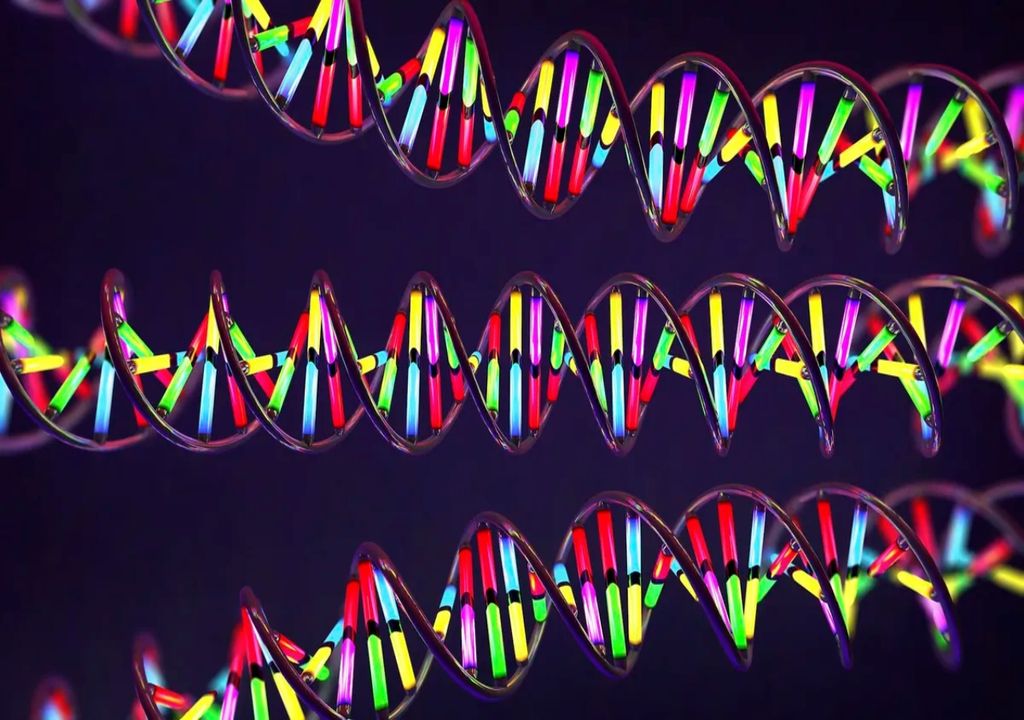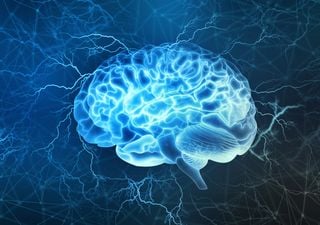Fossil Viruses Embedded in the Human Genome are Linked to Psychiatric Disorders, Study Indicates
Ancient DNA fragments are encrypted within the modern human genome. This activates some genes that are related to psychiatric disorders such as bipolar disorder, depression and schizophrenia.

An ancient viral DNA, what some specialists call fossil viruses, embedded in the human genome can increase the susceptibility of some people to neuropsychiatric disorders such as depression, bipolar disorder and schizophrenia. A study published last May by the journal Nature Communications focuses on human endogenous retroviruses (HERV), DNA fragments that make up approximately 8% of the modern human genome.
Certain sections of old viral DNA in the human genome can increase the chances of developing three of the main neuropsychiatric disorders.
Psychiatric disorders tend to be hereditary, as Live Science indicates, and studies on twins have also suggested that genetics plays a role in their development. It is estimated that schizophrenia and bipolar disorder can have a heritability of up to 80%, which means that most of the variability observed in these disorders is due to genetic differences.
So far, specific versions of some genes, or variants of genes, have been linked to these disorders, but not much is known about the influence of HERVs.Specifically, HERVs are repetitive elements previously involved in important psychiatric conditions, but their role in etiology is still unclear. For this research, RNA sequencing and genetic data from 792 post-mortem brain samples were used.
Genetic sequences of more than 1 million years
Timothy Powell, co-author of the study, neuroscientist and molecular geneticist at King's College London told Live Science that "we were fascinated by the idea that HERVs existed in the human genome and not so much was known about them." HERVs have been interwoven in the human genome throughout evolution, and the oldest examples were introduced in our ancestors more than 1.2 million years ago.

It is now known that some HERVs are activated in cancer cells and can contribute to the disease; others are active in healthy tissues or play an important role in early development, so they are not necessarily all bad. Some HERVs are active even in the brain, but it is not yet clear what they intend there.
Until now, the role of HERVs in psychiatric disorders had been studied by comparing the genetic material of individuals without such disorders with that of people affected by a certain disorder. However, a problem with this method is that it does not take into account the influence of environmental factors or other conditions that a person may have. That is why it is difficult to affirm with certainty that a certain section of DNA, in isolation, is closely related to the disorder.
The biology of some psychiatric disorders
Now this new study used a different approach to weigh the effects of thousands of HERVs. The researchers accessed genetic data from previous studies in which tens of thousands of people participated, as well as post-mortem brain tissue samples collected from almost 800 patients with and without psychiatric disorders as we previously indicated. They then studied what genetic variants the different individuals carried, observing if they seemed to affect the nearby HERVs.

What they discovered is that certain genetic variants were associated with a greater risk of three psychiatric disorders: schizophrenia, depression and bipolar disorder. These variants also affected whether the HERVs of the brain were "on" and to what degree. Rodrigo Duarte, a researcher at King's College in London, also told Live Science that "this association gives us much more certainty that the genetic differences we observe between cases and controls are more likely to be a faithful reflection of the biology of the disorder."
The research team is the first to identify five new HERVs closely related to psychiatric disorders. Two were associated with schizophrenia, one was common to schizophrenia and bipolar disorder, and another was specific to major depressive disorder. These five HERVs are different from those that had previously been associated with each of these diseases. In any case, being a carrier of one of the HERVs does not necessarily guarantee that a person will suffer from the associated disorder.
Reference of the news:
Duarte, R.R.R., Pain, O., Bendall, M.L. et al. Integrating human endogenous retroviruses into transcriptome-wide association studies highlights novel risk factors for major psychiatric conditions. Nat Commun 15, 3803 (2024). https://doi.org/10.1038/s41467-024-48153-z








